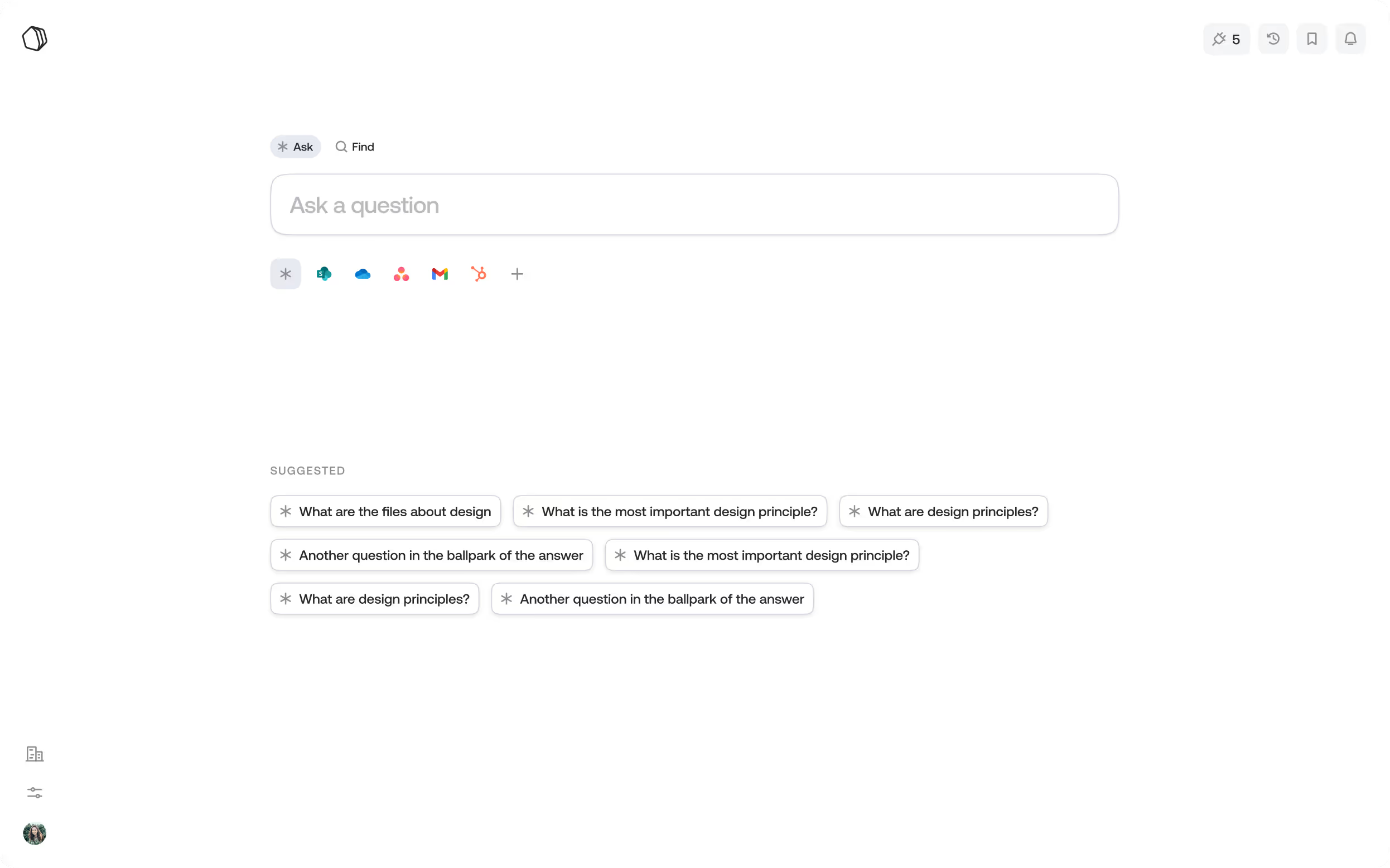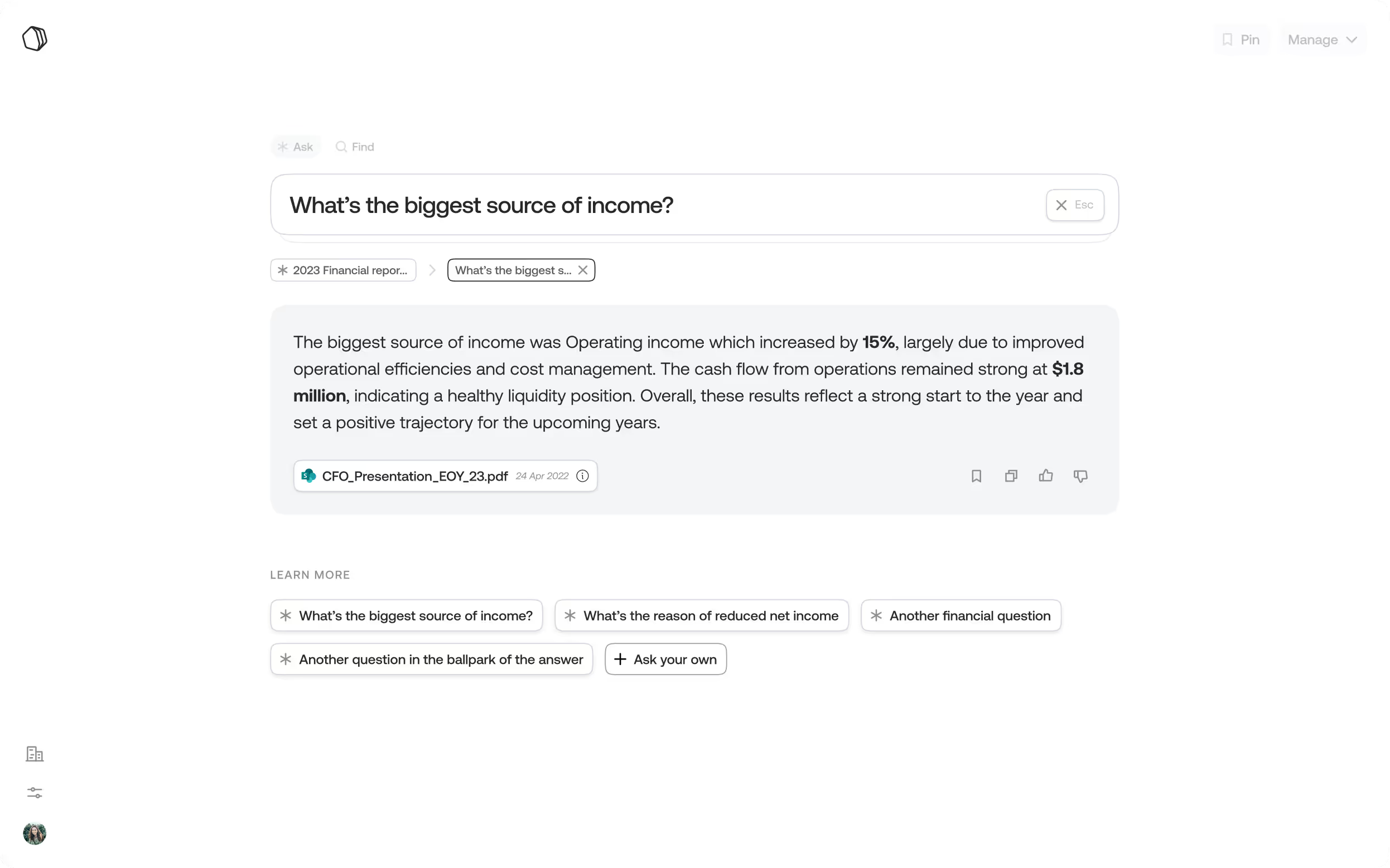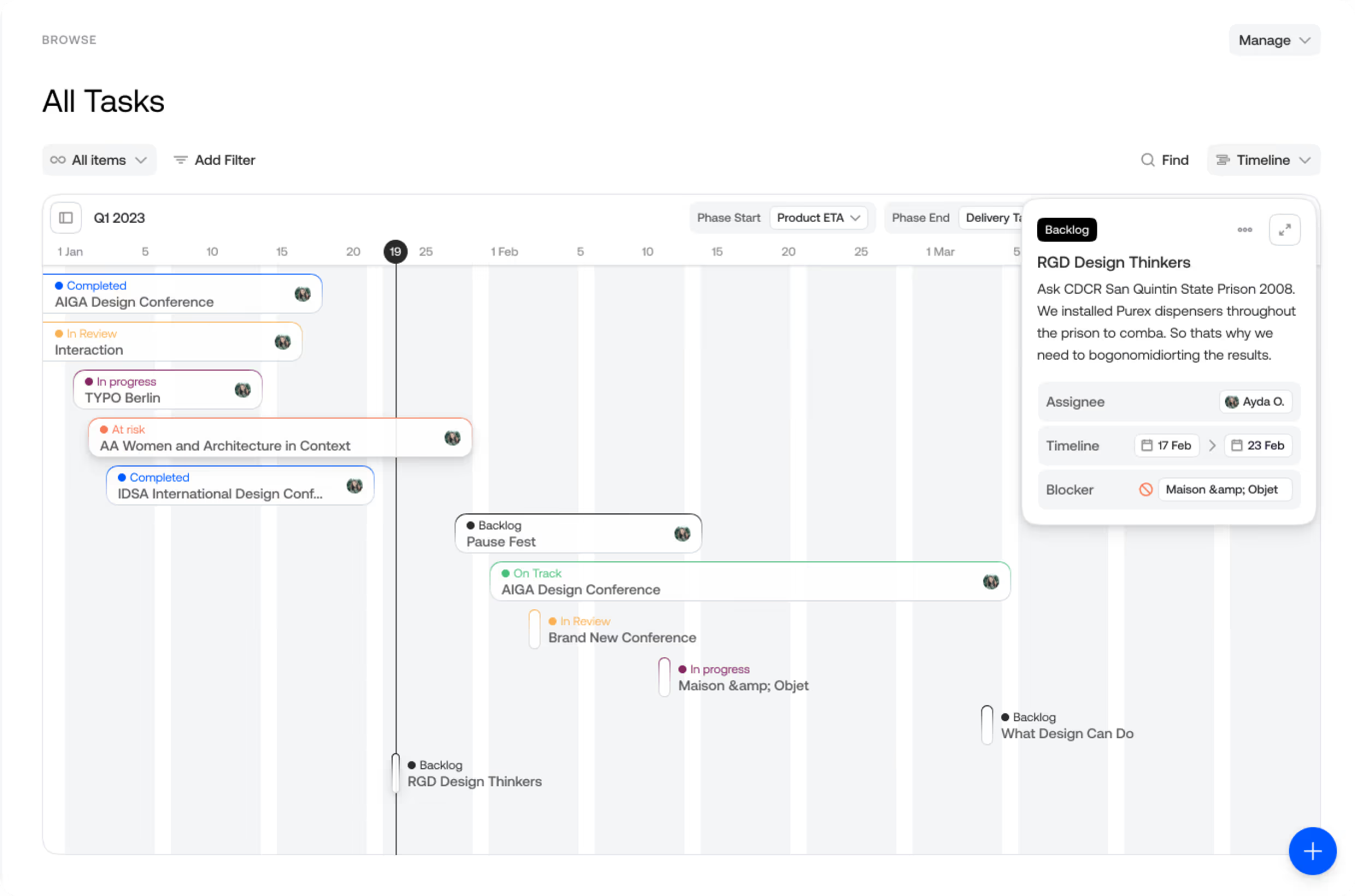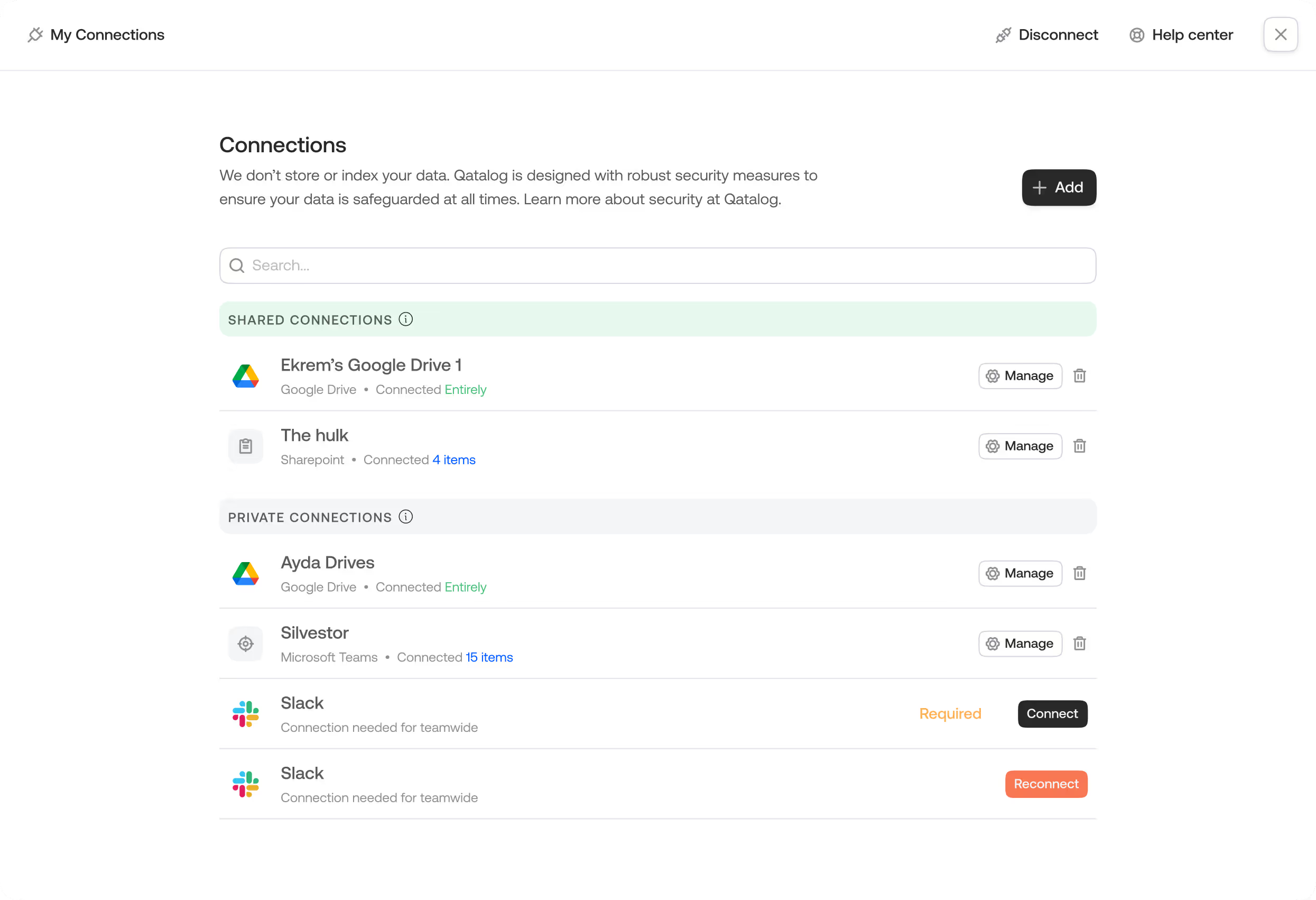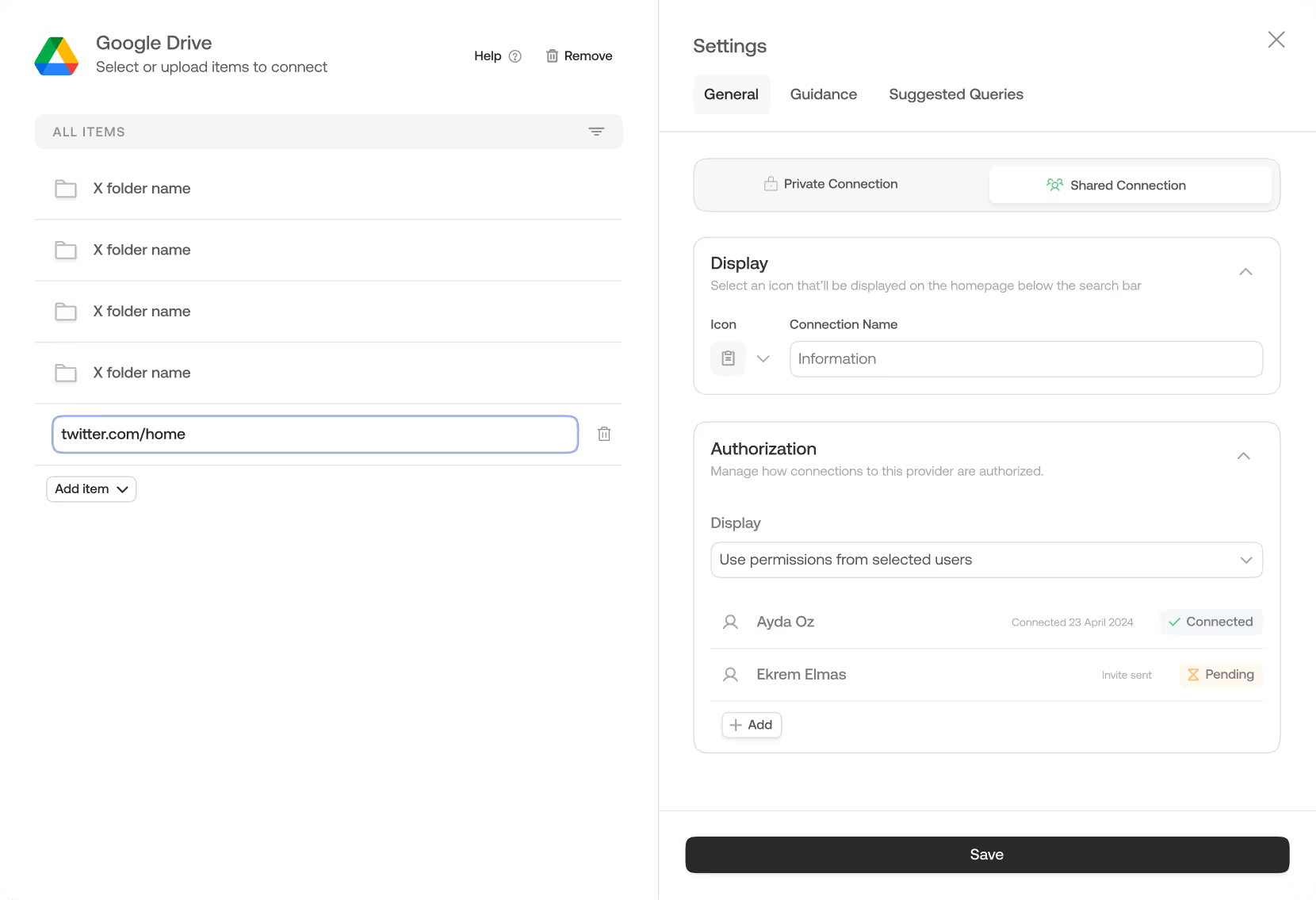DESIGN PROCESS
My design process followed a Lean UX methodology, broken into four phases. Each step balanced speed and scalability with transparency, while keeping user needs at the center.
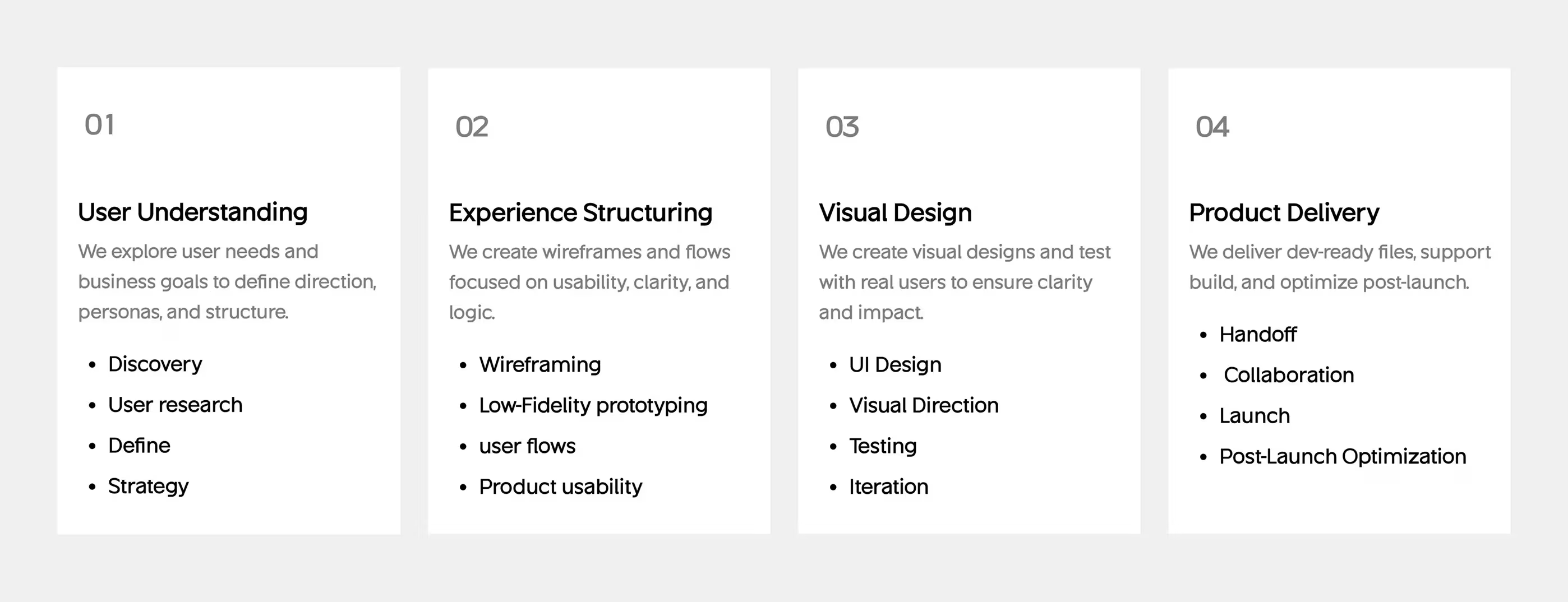
RESULTS & OUTCOMES
The final product was an AI-driven search and workflow platform that cut employee search times by nearly 40%, saving an average of 5 hours per week per employee. For large organizations, this translated into thousands of hours saved monthly and millions of dollars in reclaimed productivity.
Usability testing confirmed that employees felt more confident and empowered when making decisions. Beginners appreciated the clarity and structure of the interface, while senior staff valued the precision and speed of contextual search. Collaboration improved as duplicate work decreased, and teams reported higher trust in shared information.
The most rewarding outcome was hearing employees describe Qatalog as “search that finally works like Google — but for our company.” This validated the vision of transforming overwhelming knowledge systems into clarity, accessibility, and trust.
This project not only reinforced my passion for designing at the intersection of AI and usability, but also highlighted how thoughtful product design can reshape enterprise culture — turning silos and inefficiency into transparency and speed.
Usability testing confirmed that employees felt more confident and empowered when making decisions. Beginners appreciated the clarity and structure of the interface, while senior staff valued the precision and speed of contextual search. Collaboration improved as duplicate work decreased, and teams reported higher trust in shared information.
The most rewarding outcome was hearing employees describe Qatalog as “search that finally works like Google — but for our company.” This validated the vision of transforming overwhelming knowledge systems into clarity, accessibility, and trust.
This project not only reinforced my passion for designing at the intersection of AI and usability, but also highlighted how thoughtful product design can reshape enterprise culture — turning silos and inefficiency into transparency and speed.
